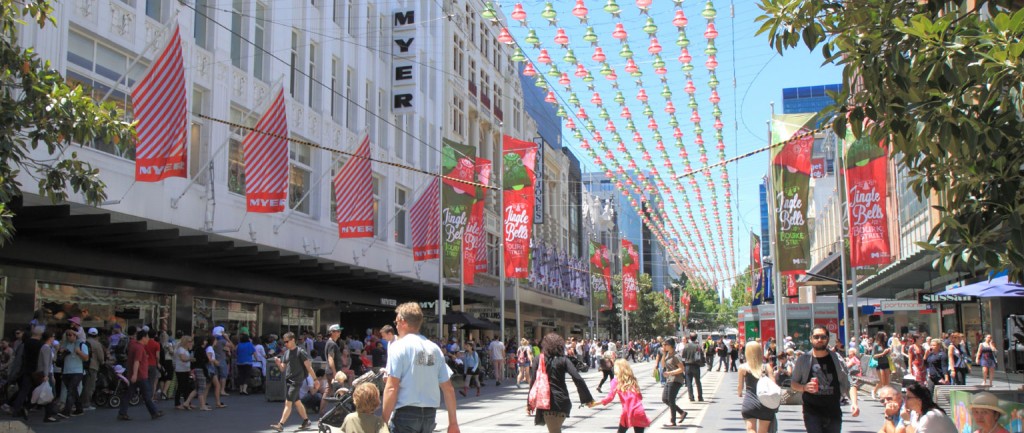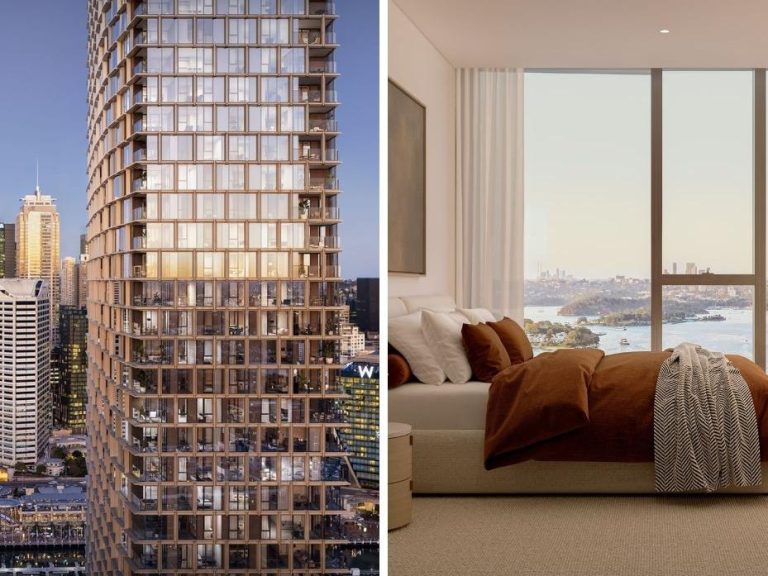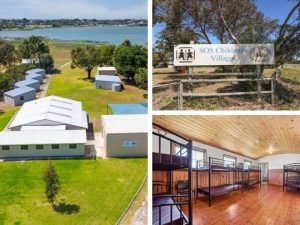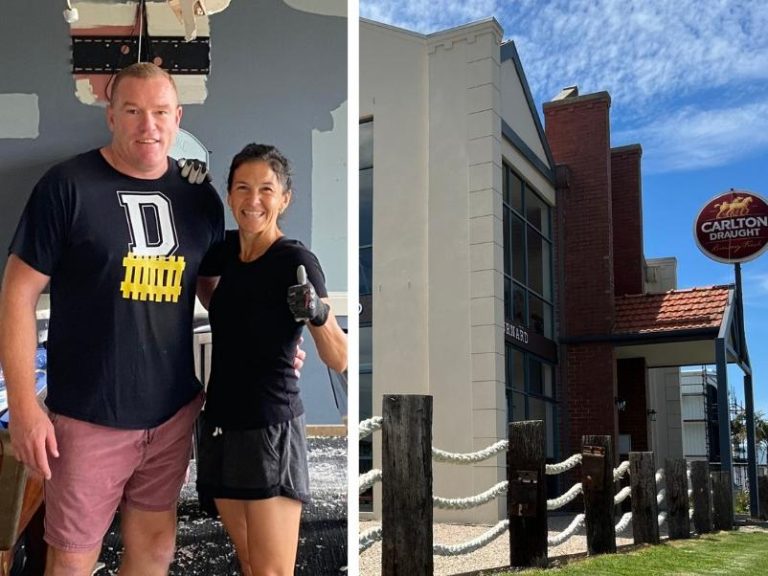Department stores hoping Santa’s sleigh is full this year

Battling the crowds for last minute presents is a Christmas tradition, but if this chore sends your stress levels soaring, spare a thought for Myer’s Bernie Brooks and whoever takes over Paul Zahra’s job at David Jones.
Department stores’ share of retail spending has been falling for a decade, knocked about by the rise of specialty fashion stores, complaints of poor service and, more recently, online retailing and sluggish consumer sentiment.
With retail turnover growth tracking below its long-term average, the road ahead is a challenging one.
I spoke with Michael Bate, Head of Retail at Colliers International, about how department stores are travelling.
“Early signs for the Christmas and sales period have been good,” he told RealCommercial, “with turnover and traffic numbers promising and some goodwill in consumer sentiment.”
“They might end 2013 on a good note but department stores have spent years sinking in the deep end; now they are treading water. Whether they get out and start swimming boils down to strategy.”
Speaking of strategy, I wondered how the bricks and clicks strategy, launched with such fanfare 18 months ago, was working out.
“They were late to get out of the blocks, but realised that without an online component they simply weren’t going to survive,” Bate said.
“If you watch 20-something, particularly female consumers today, they are happy to explore online and select a brand. They may try a fitting locally, but if it’s a reliable brand they will go ahead and purchase online.”
The bricks part of strategy for these retailers is refitting flagship stores and selecting the right global brands to entice shoppers in.
Bate told me: “Myer is hanging a lot of weight on Emporium (the re-development of its Melbourne site) and it’s rumoured the upper levels will host a huge toy department, possibly Lego-Land, which is the right track for them.
“David Jones is talking to Brooks Brothers and I think they should bring in more iconic European and American brands. They need a point of difference to stand out as the upmarket offer.”
DJs is also busy pioneering a smaller format, opening stores in Claremont WA and Waverley VIC, with another planned for Adelaide.
Bate tells me that DJs is doing a lot of work with demographers to identify the right locations and that, “in the right pockets, this promises to work well, but I question whether it’s right for a Wollongong or Newcastle.”
This move to a smaller format is based on the success of stores in cities like Singapore, Bangkok and Kuala Lumpur focused on fashion and homewares over two levels. Are any of these retailers likely to enter downunder?
“We’ve got a few sniffing around including UNIQLO, Robinsons which run Isetan in South East Asia and Marks & Spencer run by Royal Sporting House in Asia,” Bate said.
“These are smart retailers, very good at customer service and the only things deterring them from entering Australia are the high rents and cost of staff.
“But a two plate mandate in a regional centre like Chatswood NSW would add up. These players have the right infrastructure, brands and model already, so gaining growth through a few stores on the eastern seaboard, and maybe Perth and Auckland makes sense.”
So how would local retailers fight back?
“They need to be competitive in fashion and homewares, with the right mix of brands to entice people in store and spend on higher-margin generic brands, premium food and fragrances,” Bate said.
“They need to be very smart about brand selection and adding value and, just as importantly, have the courage to dump categories, concession areas or brands which aren’t working.”







